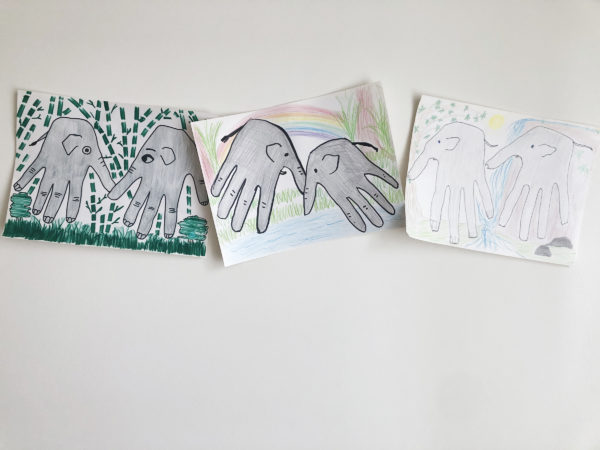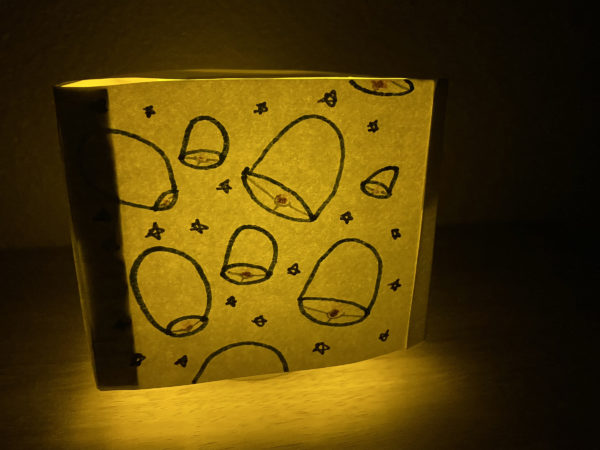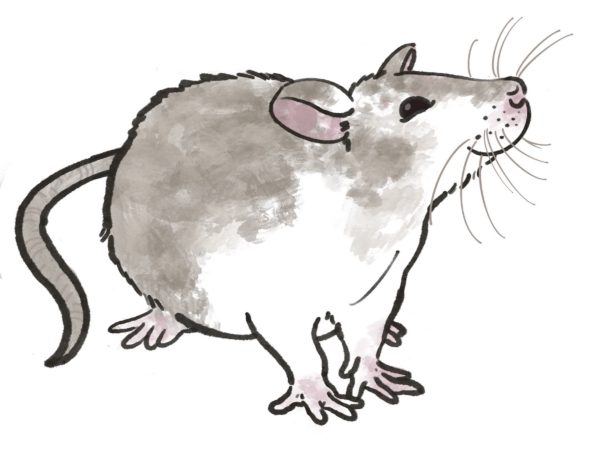Writing was so valued by the Chinese that they called the most essential implements for the art The Four Treasures–the brush, ink stick, ink stone, and paper. Here is shown a fancy, jade-handled brush, a small stick of ink resting on the edge of the rectangular ink stone, and a roll of paper with a section stretched out and held flat with weights. These tools were used by both painters and calligraphers.
Other objects in this picture include (from left to right) a brush holder with brushes of different sizes and stiffnesses, a small green bowl for washing brushes, a water dropper in the shape of a fish, a blue-and-white porcelain brush rest in the shape of a mountain, a pair of carved seals and a container of red seal paste. To use the ink and brush, artists or calligraphers needed all these tools. Some were designed to hold or pour water in order to grind and dissolve the ink stick, to rinse the brushes, and to make different tones by diluting the ink. When a painting or piece of calligraphy was finished, the artist would sign it and stamp one or more seals beneath the signature. A pair of carved seals and a container of red seal paste are in the right foreground. Having beautiful tools for painting was not just a pleasure in itself, it also indicated a respect for the art of painting and calligraphy. Consequently, beautiful containers of ceramic, jade, bamboo, lacquer, or metal were created specifically for use in painting and writing.







